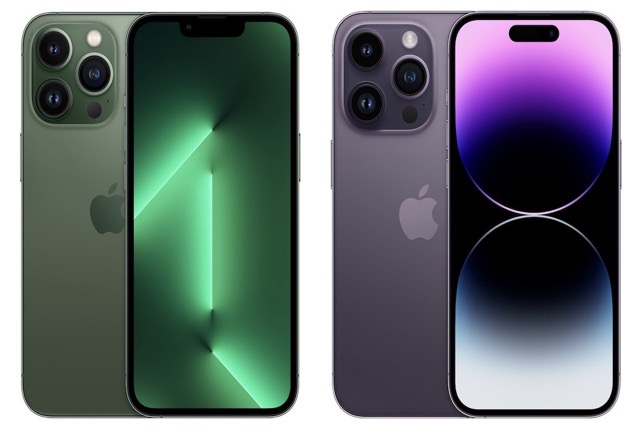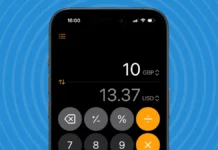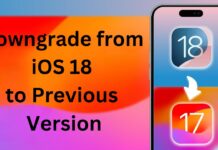In September of 2022, Apple debuted the iPhone 14, the company’s most recent smartphone iteration. Whenever Apple releases a new generation of iPhones, enthusiasts anticipate it with bated breath, eager to see what cool features Apple has in store. In particular, if you should get a new iPhone.
The new Apple iPhone 14 Pro boasts a 48-megapixel sensor and the company’s innovative image-processing method, the Photonic Engine, which has garnered rave reviews for its camera system. This instantly elevates the iPhone 14 Pro above its predecessors, the iPhone 13 Pro and 13 Pro Max.
It’s possible that the iPhone 14 Pro is the best option for those who currently own an iPhone 13 Pro. Let’s compare the iPhone 14 Pro with the iPhone 13 Pro to see what sets them apart and whether the iPhone 14 Pro is worth the price.
#1. Camera
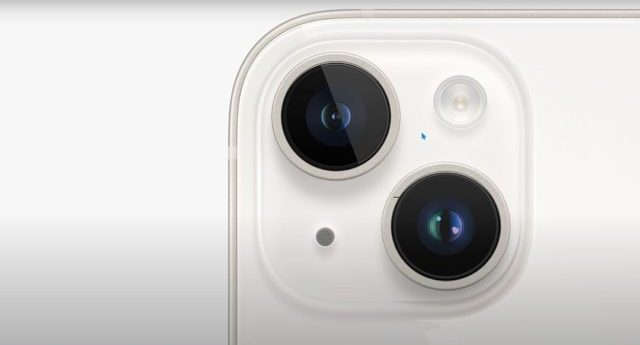
The improved camera of the iPhone 14 Pro is a major selling point for that model. Ever since the iPhone 6s in 2015, Apple has kept a 12MP resolution for its cameras. However, with the iPhone 14 Pro, Apple has finally jumped to a 48MP primary camera to compete with Android flagships.
The new sensor is 65 percent bigger, allowing it to take brighter and more detailed pictures. Apple claims it can take two times as good in low light photos as the iPhone 13 Pro. The ultra-wide 12MP sensor on the 14 Pro is significantly bigger, allowing for improved low-light shots.
The 12MP telephoto camera has optical picture stabilization and 3x optical zoom, while the ultra-wide and wide sensors do not.
On the other hand, the telephoto sensor of the iPhone 14 Pro benefits from the new Photonic Engine and takes superior images in dim lighting. In Cinematic Mode, the upgraded sensors allow for 4K recording at 30 frames per second, up from 1080p on the iPhone 13 Pro.
The new 12MP sensor in the front-facing camera of the iPhone 14 Pro has a smaller f/1.9 aperture than the one in the iPhone 13 Pro (f/2.2). That ought to let in more light, resulting in higher-quality selfies thanks to increased detail.
#2. Display
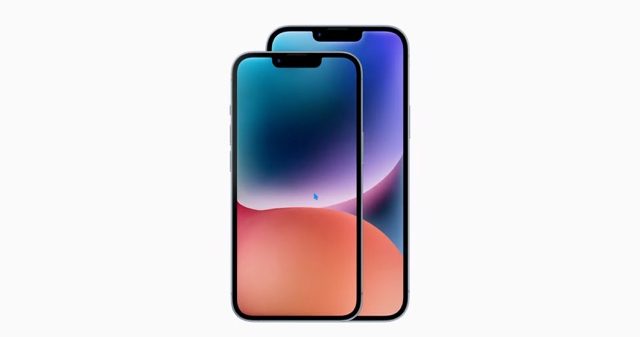
The iPhone 14 Pro’s display is comparable to that of the iPhone 13 Pro, with just modest hardware upgrades. Both phones offer identical displays of 6.1 inches (or 6.7 inches for the Pro Max variants), with the same pixel density of 460 ppi. However, the 14 Pro has a higher resolution than the other phone because of its bigger display.
The screen on the iPhone 14 Pro is much brighter than that of the iPhone 13 Pro. The HDR brightness of the iPhone 14 Pro is 1600 nits, much higher than the 1000 nits and 1200 nits offered by the iPhone 13 Pro. The display brightness of the iPhone 14 Pro can be increased to a maximum of 2000 nits, making it easier to see in bright sunlight.
Both screens support the 120Hz ProMotion technology. On the other hand, the Always on Display function is made possible by the new LTPO screen used in the iPhone 14 Pro, which allows the display to run at as low as 1Hz. To make it possible to read alerts and the clock without fully awakening the phone, the new phone reduces the screen’s brightness and refresh rate to 1Hz. If you have a timer running or the score of a game shown on your lock screen, the AOD on the iPhone 14 Pro, according to Apple, will update in real-time.
#3. Processor
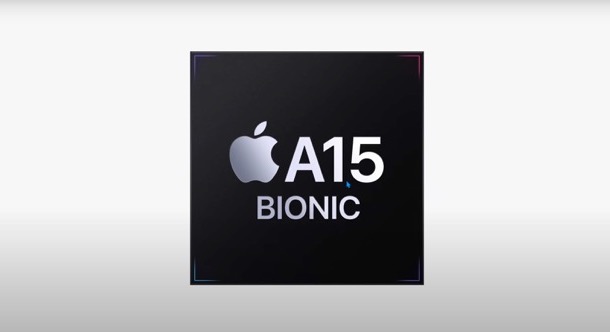
It’s been standard practice for Apple to introduce a brand-new processor with each new iPhone model. The iPhone 14 Pro is a continuation of Apple’s tradition of excellence. Apple’s brand-new A16 Bionic processor powers the iPhone 14 Pro (although keep in mind that the A16 isn’t included in the regular iPhone 14).
The A16 chip features a 6-core CPU and a 5-core GPU, and it was developed using a 4nm manufacturing process. The need of conserving battery life was highlighted as a primary goal for Apple’s new A16 Bionic processor. Company engineers made minor adjustments to the neural engine, GPU bandwidth, and transistor count, among other factors.
The iPhone 13 Pro is powered by the 5nm Apple A15 Bionic from 2021, which features a 6-core CPU with a slightly lower max frequency and a 5-core graphics processing unit. This is identical to the method Apple employs in its regular iPhone 14 models in a positive turn of events.
What’s important to you as a consumer is that the A16 Bionic is between 10 and 15% quicker in benchmarks and more energy efficient than its predecessor. In practical applications, however, you are unlikely to observe any noticeable performance drop.
#4. New Dynamic Island on iPhone 14 Pro
We’ve discussed Dynamic Island throughout this piece, but what exactly is it? Well, Apple has come up with a whole new set of UI elements and user interactions that make the iPhone look a lot more intuitive and user-friendly, and, in my opinion, makes the pill not only acceptable but downright desirable, all thanks to the new pill + hole cut out in the display of the iPhone 14 Pro.
The region around the pill-shaped cutout on the iPhone 14 Pro (and Pro Max) is used for various purposes. Including the display of alerts, the emergence of information that would normally require an extra screen, and more. Apple demonstrated examples such as AirDrop alerts appearing on Dynamic Island, Face ID animations, the currently playing song, a timer, and more.
In addition, users may press and hold on Dynamic Island to bring up a small control panel for the app running on the island. This feature allows you to manage media effortlessly (music, podcasts, timers, etc.) without switching apps. Dynamic Island will assume a new form depending on the data being shown.
Furthermore, it seems to replace pop-ups, such as the ones that display when you adjust the alert slider or pair AirPods. These notifications have been moved to the iPhone 14 Pro’s Dynamic Island, where they should be less obtrusive.
#5. The Power of the Battery and Storage
When it comes to storage space and memory, there is no distinction between the two. You can get them with 128GB, 256GB, 512GB, or 1TB of storage space and 6GB of RAM. When compared to its replacement, the 14 Pro offers better battery life.
The battery life is increased from 3000mAh to 3200mAh. So, the iPhone 14 Pro can play videos for up to 23 hours, which is an extra hour compared to the previous generation. The battery life of your iPhone 14 Pro may suffer if you leave the always-on display on.
Thankfully, both models include support for fast charging and MagSafe charging, so this is not an issue.
#6. Dual SIM card support with embedded SIM
iPhones have supported dual SIM functionality for some time, typically with a nano SIM and an eSIM setup. However, the SIM tray has been removed from the iPhone 14 Pro in the United States. This implies that the iPhone 14 Pro can only be used with an eSIM by users in the United States.
However, the iPhone 13 Pro supported two SIM cards. One physical and one electronic, thanks to its nano-SIM card slot and accompanying eSIM functionality.
#7. Pricing
The starting price for the iPhone 14 Pro with 128 GB of storage is $999. While the starting price for the iPhone 13 Pro with 128 GB of storage is $999(available only at authorized retailers). Despite rumors that the new iPhone 14 Pro price would go up by a tiny margin. Apple has maintained the cost for the new iPhones the same as last year, which is fantastic news.
Concluding Remarks
The iPhone 14 Pro is really just a refined version of the iPhone 13 Pro. It’s equipped with a new A16-Bionic processor, a 48-megapixel camera, an always-on screen, Dynamic Island, and more. Upgrades and improvements like this are usually irrelevant to the average person.
Upgrade to the iPhone 14 Pro is not necessary unless you are a perfectionist. You can get by quite well for another year with the iPhone 13 Pro, which is still a powerful device. If you already have an iPhone 12 Pro or an older model, the iPhone 14 Pro won’t be a downgrade for you.




























